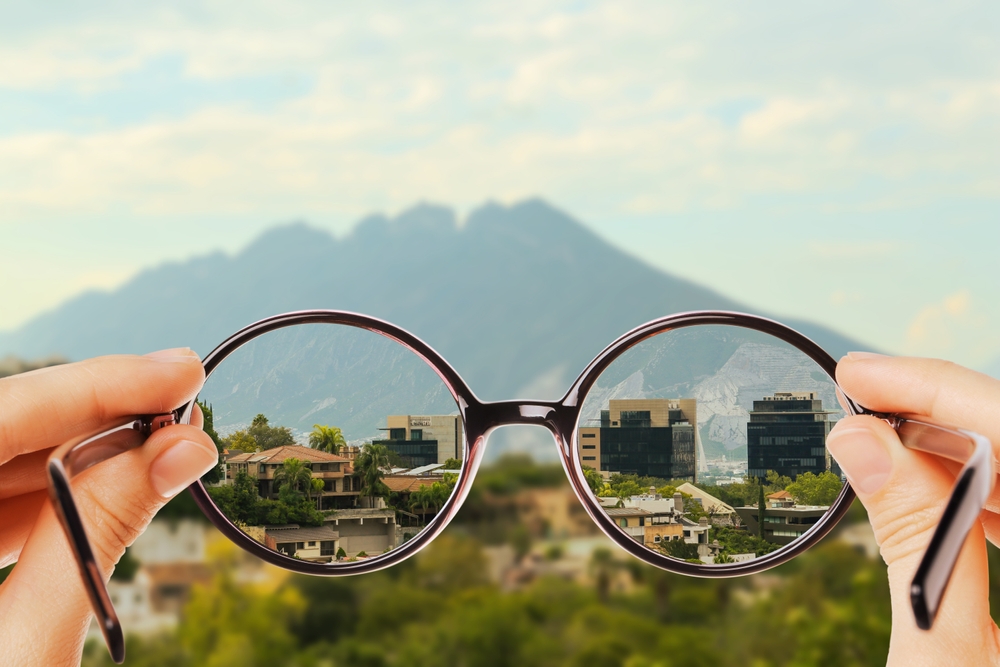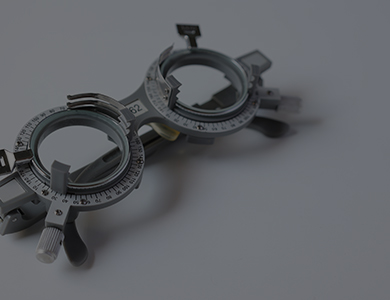What is Myopia? Understanding Nearsightedness

Myopia, also known as nearsightedness, is a common vision condition that affects millions of people worldwide. Myopia occurs when the eye's focusing power is too strong, causing light to focus in front of the retina instead of directly on it. This results in blurred distance vision, making it challenging for individuals to see clearly beyond a certain range. Understanding myopia is crucial, as it can lead to various eye health complications if left unmanaged.
What is Myopia and How Does it Affect Vision?
Myopia is a refractive error that causes distant objects to appear blurry while nearby objects remain clear. This happens because the eye's focusing power is too strong, causing light to focus in front of the retina instead of directly on it.
In a normal, healthy eye, light enters the eye and is refracted by the cornea and lens, focusing precisely on the retina at the back of the eye. However, in a myopic eye, the eye's focusing power is too strong, causing the light to focus in front of the retina, resulting in blurred distance vision.
This condition can range in severity, with some individuals experiencing mild nearsightedness, while others may have more severe cases. The degree of myopia is measured in diopters (D), with higher numbers indicating a higher level of nearsightedness.
Causes and Risk Factors of Myopia
Myopia can develop due to a combination of genetic and environmental factors. Some of the leading causes and risk factors of myopia include:
• Genetics: Myopia often runs in families, and individuals with parents or close relatives who are nearsighted have a higher risk of developing the condition.
• Excessive Near-Work: Prolonged exposure to close-up activities, such as reading, using digital devices, or studying for extended periods, can contribute to the development and progression of myopia.
• Lack of Outdoor Time: Studies have shown that spending less time outdoors and more time indoors can increase the risk of myopia, particularly in children.
• Age: Myopia typically begins in childhood and can progress during the teenage years, with the condition often stabilizing in adulthood.
• Ethnicity: Certain ethnic groups, such as those of Asian descent, have a higher prevalence of myopia compared to other populations.
Understanding the causes and risk factors of myopia is essential in developing effective management strategies to address this vision condition.
Common Symptoms of Myopia
The primary symptom of myopia is blurred distance vision. Individuals with this condition may experience the following:
· Difficulty seeing clearly while driving, watching a movie, or viewing distant objects
· Squinting or straining the eyes to see far-away objects
· Headaches or eye strain after prolonged close-up work
· Increased sensitivity to glare or bright lights
· Difficulty participating in sports or activities that require good distance vision
If you are experiencing any of these symptoms, it's crucial to schedule an eye exam with an eye care professional to determine the underlying cause and receive appropriate treatment.
The Role of Regular Eye Exams in Early Detection of Myopia
Regular eye exams play a crucial role in the early detection and management of myopia. During a comprehensive eye exam, your optometrist can measure the refractive power of your eyes, identify any vision problems, and provide personalized recommendations for corrective lenses or other treatment options.
Early detection of myopia is essential, as it allows for timely interventions and the implementation of myopia management strategies to slow the progression of the condition. By addressing myopia in its early stages, you can take proactive steps to maintain good vision and minimize the risk of potential complications.
The Importance of Myopia Management
Effective myopia management is crucial for maintaining healthy vision and preventing the development of more severe eye conditions. One innovative solution for myopia management is the use of MiSight contact lenses. These specialized contact lenses are designed to not only correct refractive errors but also help slow the progression of myopia in children.
MiSight contact lenses work by using a unique optical design that creates multiple focal points within the eye. This helps to control the eye's growth and prevent it from elongating, which is a primary cause of myopia progression.
Taking Proactive Steps for Healthy Vision
Myopia is a common vision condition that can have significant impacts on your daily life and long-term eye health. By understanding the causes, symptoms, and the importance of proper management, you can take proactive steps to maintain healthy vision and minimize the risks associated with this condition.
If you or your child is experiencing symptoms of myopia, schedule an appointment with Texas State Optical to discuss the best options for managing your vision and maintaining healthy eyes. Visit our office in Austin, Texas, or call (512) 327-3605 to book an appointment today.


